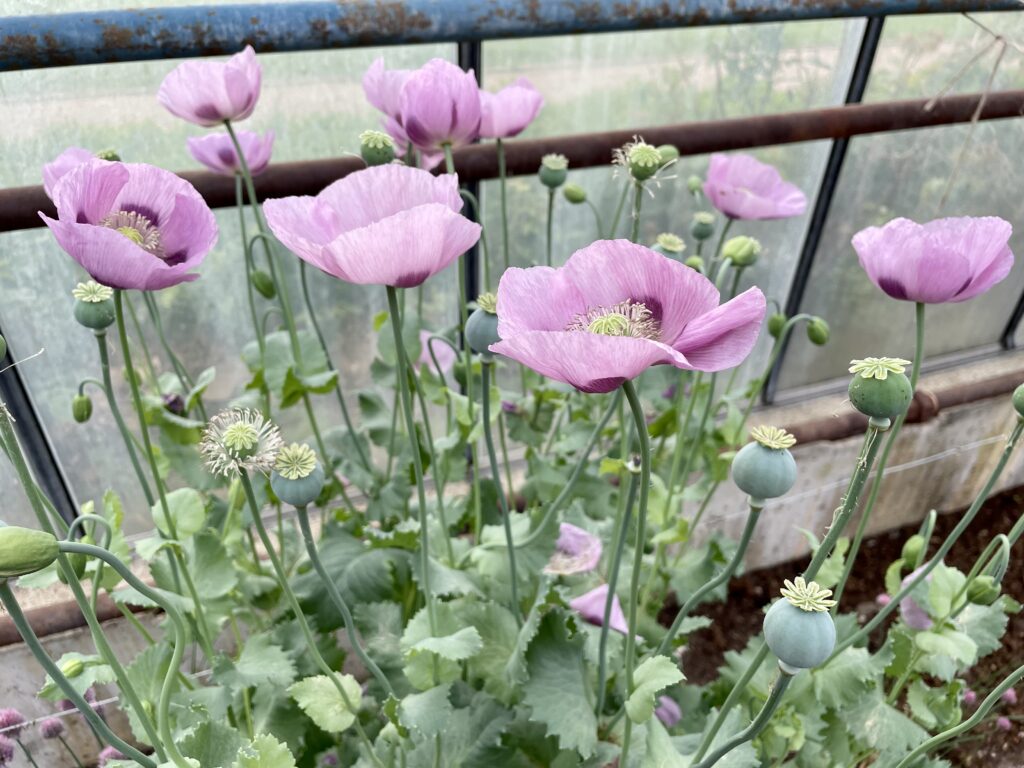
The Park and Lawns
The generous lawns around the castle with trimmed hedges and park trees need constant upkeep. They have through the centuries developed and the fashion of the period have all left their mark. Foremost, the baroque style with trimmed hedges and symmetry. Along the outskirts of the baroque park runs a hornbeam avenue which leads you to the English garden. True to its style it had many of characteristics of the English garden including lawn, clumps of trees and a pond. About a century and a half later the park has a more woodland character. It sits in stark contrast to the shaped hedges around the castle, inside the moat. In the periphery of the park sits the kitchen garden, conservatory, and green houses. The area and how it is kept creates an inspiring workplace.
By the greenhouses and the conservatory, you can buy an ice-cream in The Game Shop, Viltboden – Welcome
Dairy Production
In our stables the cows are kept in loose housing. In spring and summer, they are let out to pasture. In the stable they always have access to milking robots and rotating brushes as well as roughage fodder produced on the estate by the team in crop production.The cows are milked by robots and are given rations of concentrate in accordance to the amount of milk the individual produces. Aside from the staff we have robots for fodder and manure handling. Leaving the staff to focus on the herd, individual, stable, and administration.
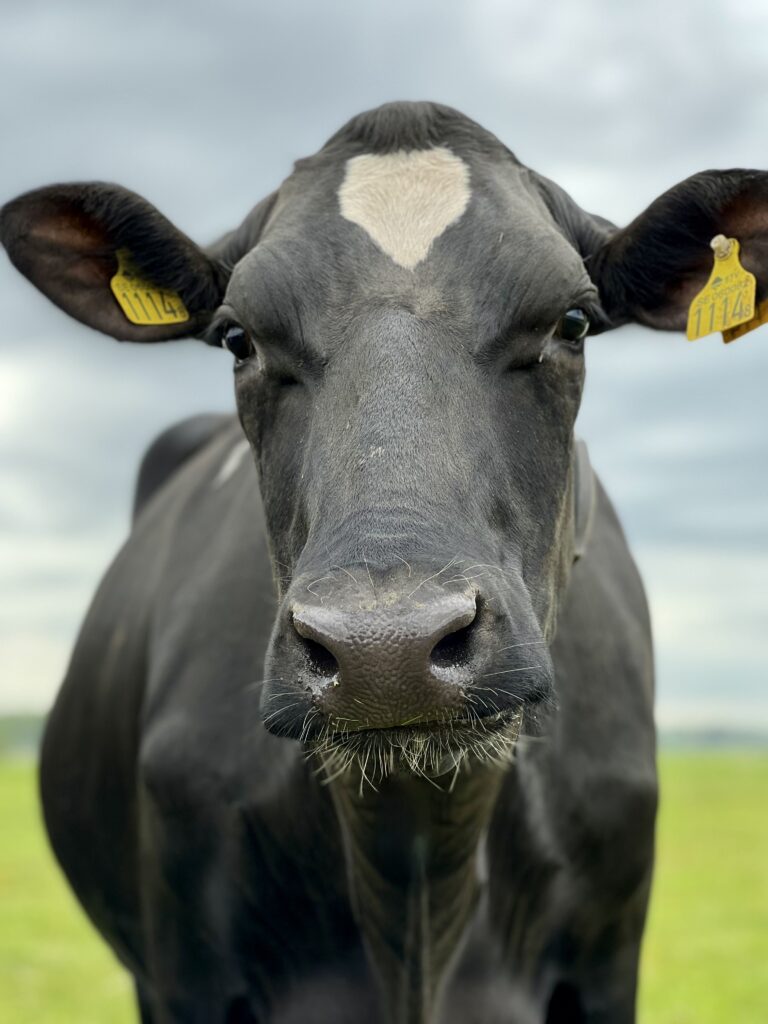
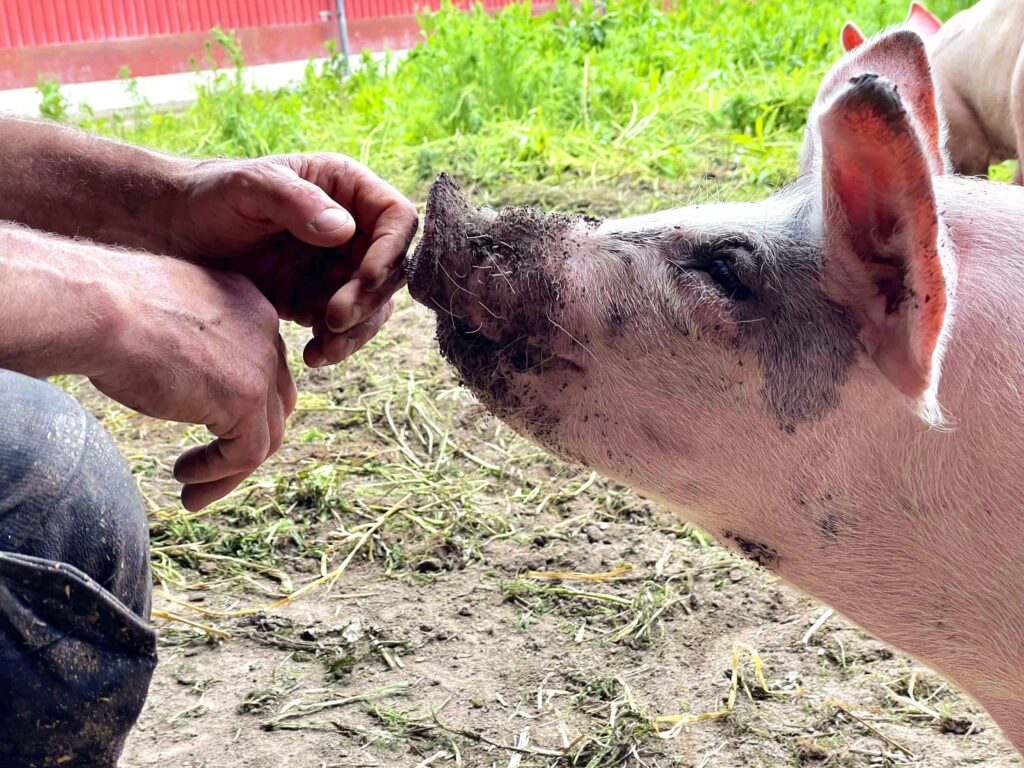
Pig Breeding
The pigs are an integrated part of the cycle on the farm. The feeder pigs we buy start in stables for loose housing in larger drifts on deep straw bed. Thereafter, the pigs are moved to new stables with fewer individuals per pen. During the move we take care of the deep straw bed for soil improvement and clean the stables.
The benefits from pig farming is that the crop production stays on the farm as fodder. And thereby cutting transports. The crops are further refined and stored in the meat. Meanwhile the manure is used to fertilize fields. The spreading of the deep straw bed on the fields of Trolle Ljungby is crucial, as the fields consist of mainly light sandy soils with a relatively shallow layer of topsoil.
Crop Production
On the 6000ha agricultural landscape we have about 1400ha under our own plow. We employ a system of diversified crop rotation that serves the soils and estate at large. The crops we grow are wheat, barley, rapeseed, potatoes for processing and crisps, sugar beet, maize, temporary grasses, lay, fodder peas, carrots and parsnips. Due to the properties of the soil, root-crops are best suited.
The Crop Production team go hand in hand with the animal keeping operations due to their exchange of fodder for fertilizer. From the total yield of the crops some is sold in-house as fodder and the rest is sold externally. In keeping such a local cycle of energy, we can save the environment a lot of transport emissions that would otherwise occur. The staff have a high degree of duties to tend to during spring, summer, and autumn. During the less intense winter they support the other operations of the business.
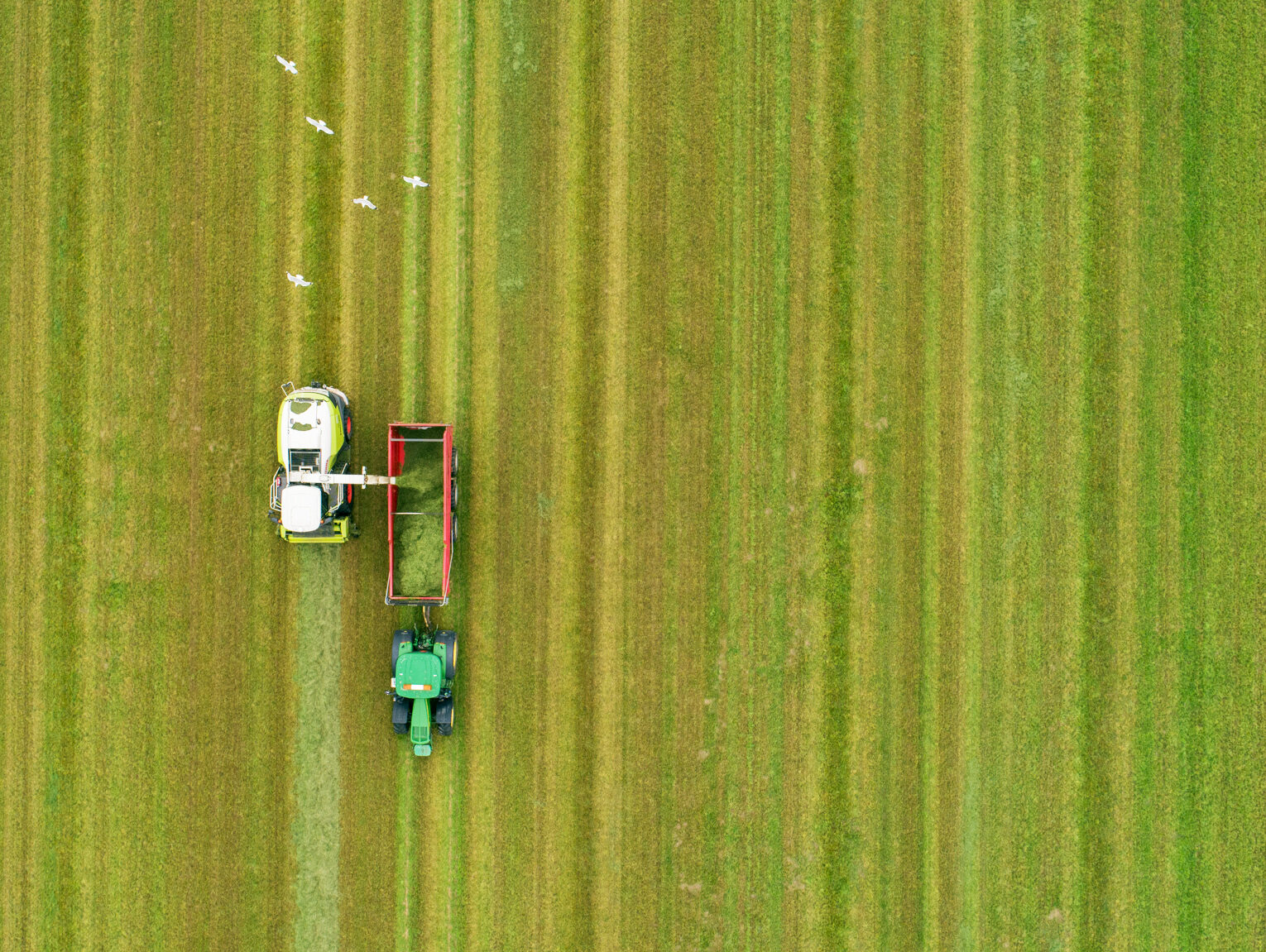
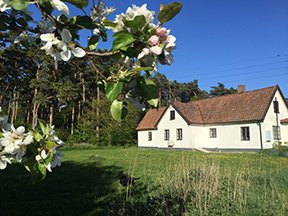
Properties
Trolle-Ljungby AB manages Trolle Ljungby and Årup fidei commissum. This includes Trolle Ljungby and Årup castles, 23 farm tenants, and many smaller properties and vacation housing as well as permanent homes for rent. This means a lot of tending to and we have dedicated administration and staff to manage the upkeep. If need be and time permits, the property management team can draw resources from other departments, i.e. the crop production team.
For those who would like to live on the Trolle Ljungby estate, we have a que (linked) were you can declare your interest. As soon as a listing opens, we will inform you in accordance with the que.